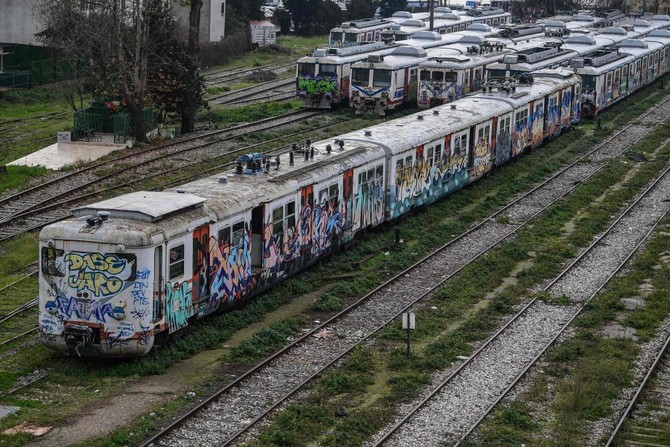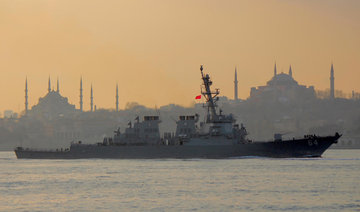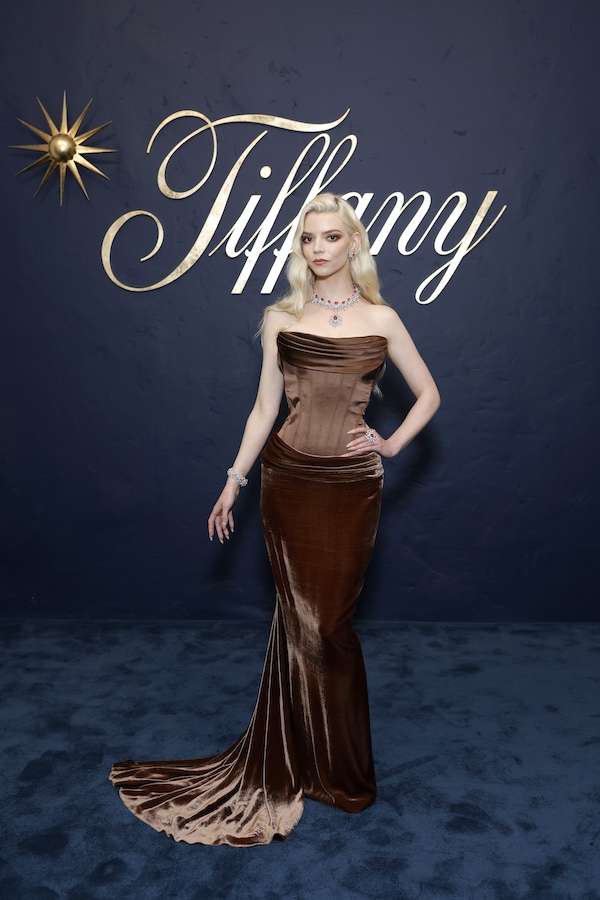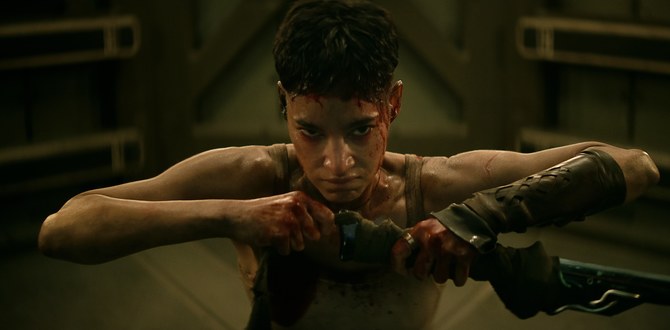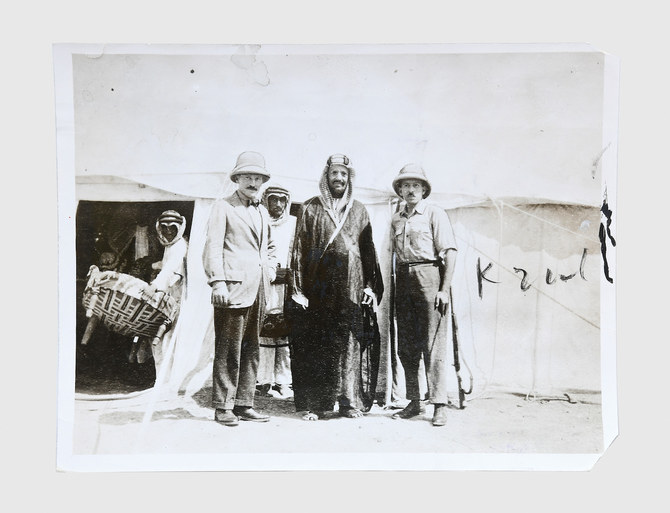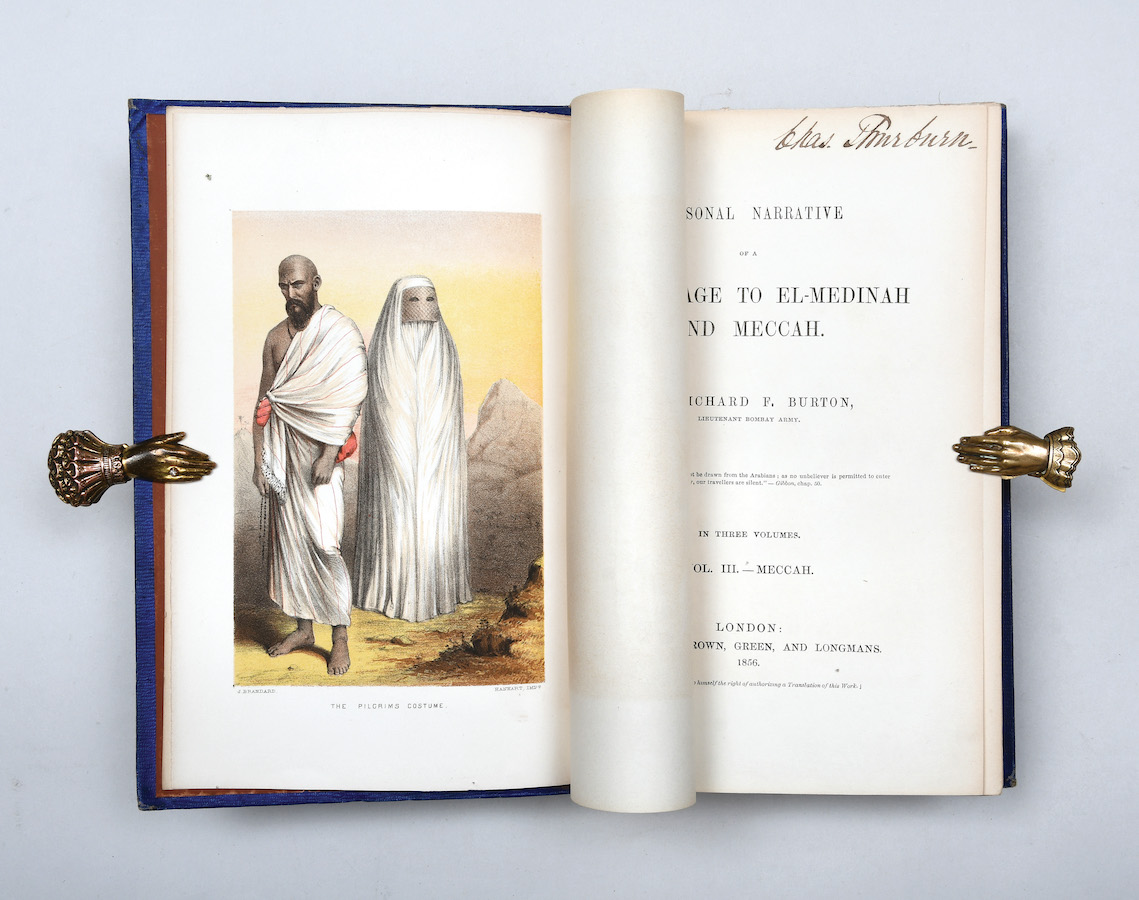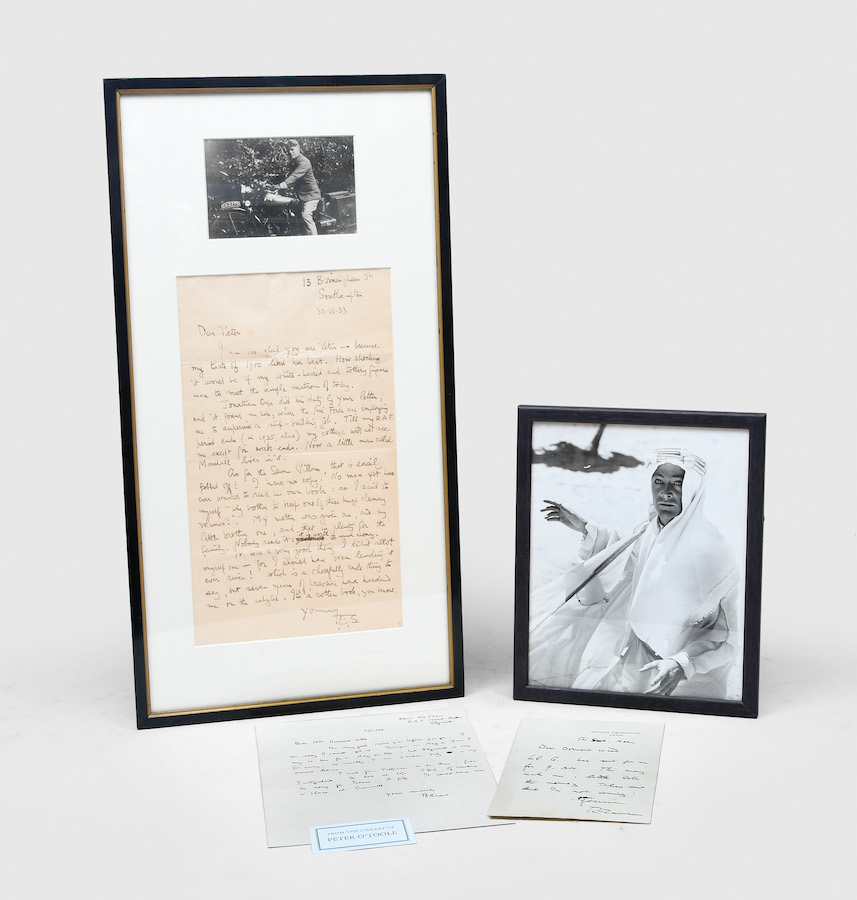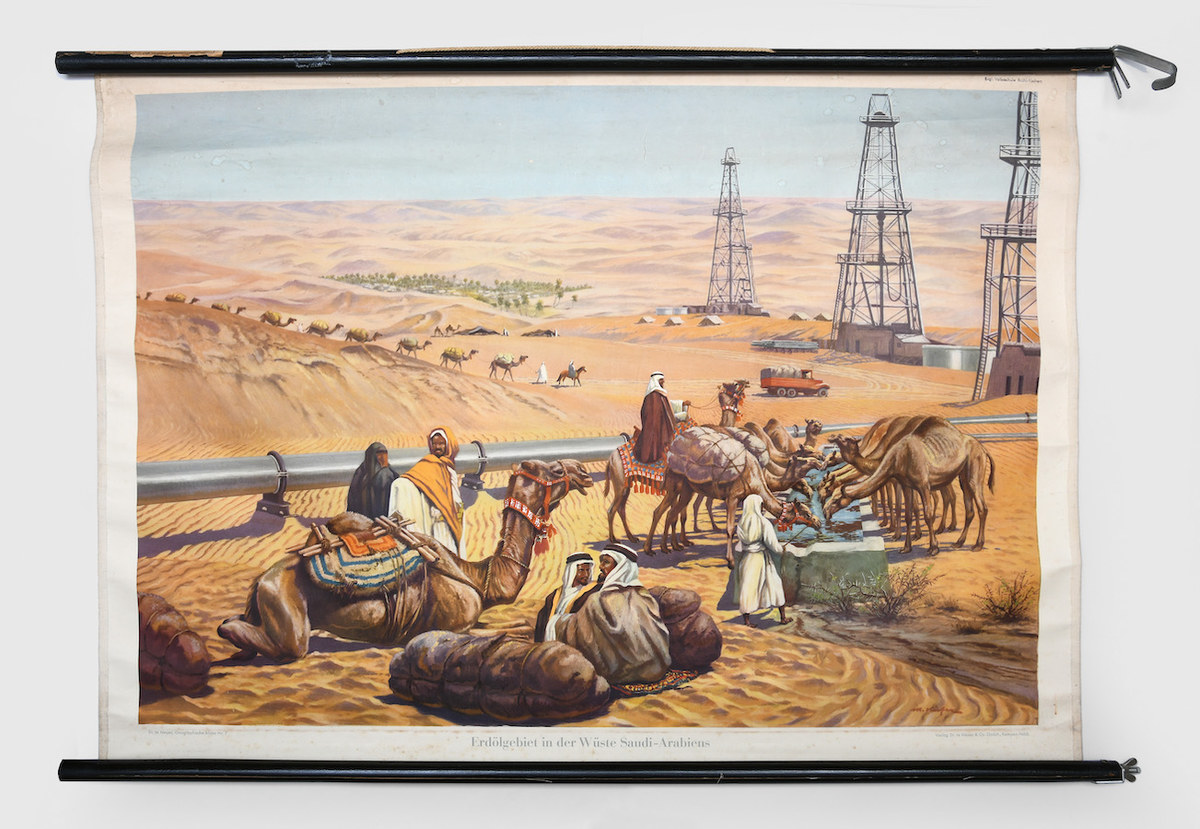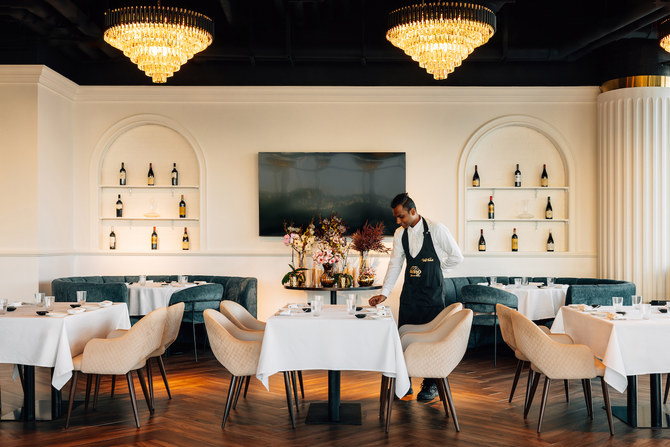ISTANBUL: Built in the first decade of the 20th century as Europe's gateway to the east, Istanbul Haydarpasa railway station stands proudly on the Asian side of the Bosphorus, its gothic towers looming over the waters.
The imposing facade has witnessed and survived more than a century of turbulent and sometimes tragic history; the collapse of the Ottoman Empire, World War I, the deportation of Armenians, military coups and a devastating November 2010 fire that destroyed the roof.
But this most historic of railway stations now lacks its most fundamental component - trains.
Since 2013, the celebrated terminus has not seen any train traffic after being shut for restoration work and a major upgrade of Turkey's railway network.
With the refurbishment stalling, top local officials openly spoke of plans to sell off the station, possibly turning it into a hotel, shopping centre or entertainment complex.
The situation sparked alarm among Turkish architecture and heritage activists, who staged weekly demonstrations to salvage its future.
In 2012, when the number of trains pulling in and out of the station had already dropped off, Haydarpasa - pronounced Haydarpasha and named after the neighbourhood where it is located - was placed on the watch list of endangered heritage by the World Monuments Fund NGO.
However, Turkish architecture activists, local officials and Turkish State Railways (TCDD) told AFP that the station's future as a railway terminus was now assured after a period of uncertainty.
"It will remain in public ownership. There were debates but right now there is no such danger (of privatising) the train station," Aykurt Nuhoglu, the mayor of the Istanbul district of Kadikoy where the station is located, told AFP.
"The trains will begin to arrive as of 2019."
An official from TCDD added, asking not to be named: "It is being restored as a train station, nothing else is being considered."
Once the station is reopened, it should be the terminus for the new high-speed trains from Ankara which are currently stopping in Pendik, well outside the centre, as well as again being a hub for commuter trains.
Haydarpasa station - designed by two German architects - was inaugurated in its current form in 1909, five years before the outbreak of World War I.
It was a symbol of the friendship between the Ottoman Empire and imperial Germany under Kaiser Wilhelm II, who yearned to expand Berlin's influence deep into the Middle East and had sealed a strong relationship with Sultan Abdulhamid II.
The station was to be the key hub of the kaiser's dream of a Berlin to Baghdad railway passing through Constantinople, Aleppo and Mosul, with a branchline south to Damascus.
One of the darkest moments in its history came on April 24, 1915 when Haydarpasa was used as the start point for the deportation of the first convoy of Armenians rounded up in Istanbul. Turkey denies Armenian assertions that the ensuing mass slaughter amounted to genocide.
Until its closure five years ago, Haydarpasa was a busy station, with commuter trains but also overnight services to towns in eastern Turkey like Kars and Van, as well as a service going as far as Tehran.
It was also the starting point of the Istanbul-Baghdad train service - the Taurus Express - which features in the opening chapter of Agatha Christie's "Murder on the Orient Express" but is now indefinitely suspended.
"Haydarpasa is not just a building of architectural importance but is at a critical point for the railways," said Ishak Kocabiyik, a former general secretary of Turkey's United Transport Workers' Union.
"There were attempts to turn this land into a trade centre and a cruise port. We have so far stopped such attempts by using our right to opposition," he added.
Activists insist that it was only due to pressure from civil society that plans to transform the station into a hotel or shopping complex were thwarted.
"Our solidarity was a mission that will go down in history," said lawyer Ersin Albuz, a key force in the campaign. "We will keep going until all trains stop here and when that happens, only then will we end our campaign."
Some architects accuse the government under President Recep Tayyip Erdogan, a former mayor of Istanbul, of trampling on heritage in a drive to modernise the city, but the government insists it is merely implementing much-needed infrastructure improvements.
These include a major revamp of Turkey's railway network, which at the start of the millennium had barely changed from its pre-WW I layout, meaning most Turks took the bus or plane.
But what activists now want is the entire area around Haydarpasa to be revitalised and the terminus to become as bustling as any station in Europe.
"We want commuter trains and regional trains to stop there, just like back in the old days," said Kocabiyik, indicating a degree of scepticism about the authorities' assurances for the station's future.
The head of the Istanbul Chamber of Architects, Sami Yilmazturk, who has been bitterly critical of the government's infrastructure drive, described the station as a "gate of Istanbul on Europe".
Vowing to keep watch on the government's plans, he said: "Today it is being restored as a train station but I am concerned that might change two days later."


